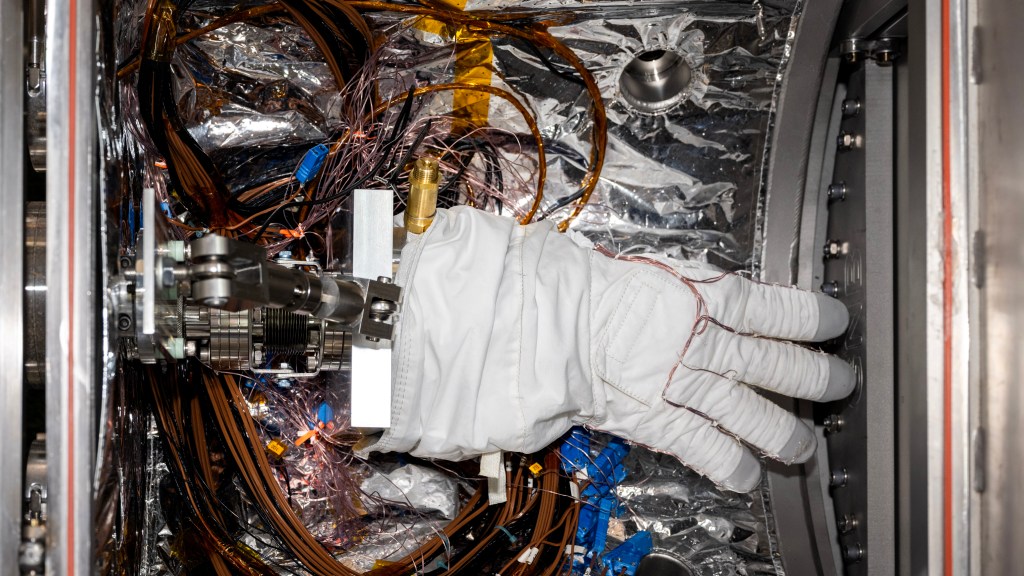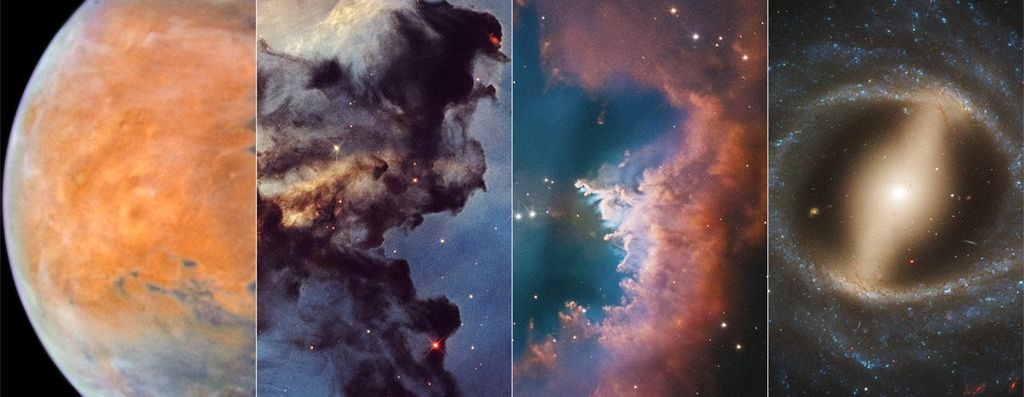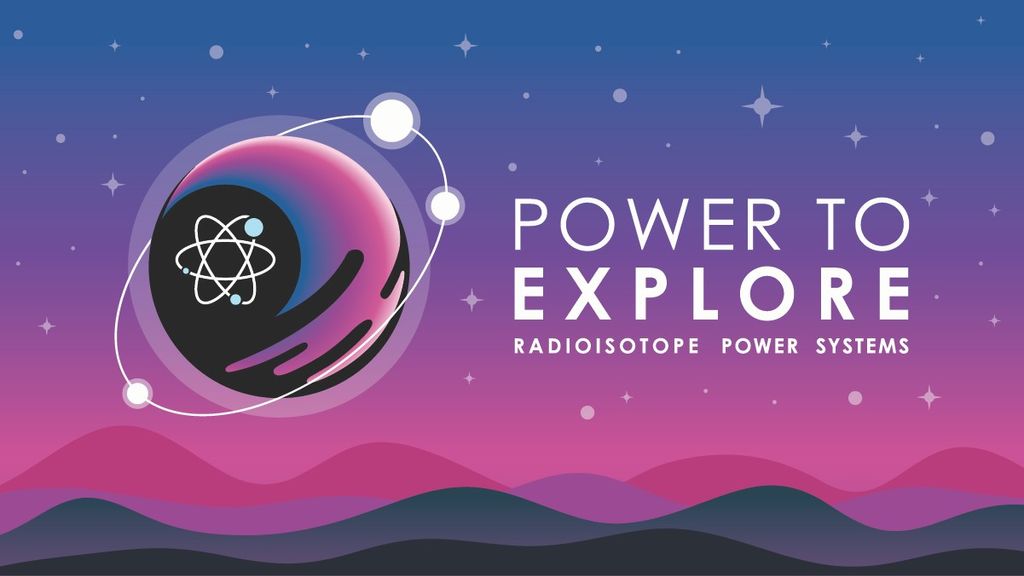If there’s an advanced extraterrestrial civilization inhabiting a nearby star system, we might be able to detect it using its own atmospheric pollution, according to new NASA research. The study looked at the presence of nitrogen dioxide gas (NO2), which on Earth is produced by burning fossil fuels but can also come from non-industrial sources such as biology, lightning, and volcanoes.
“On Earth, most of the nitrogen dioxide is emitted from human activity — combustion processes such as vehicle emissions and fossil-fueled power plants,” said Ravi Kopparapu of NASA’s Goddard Space Flight Center in Greenbelt, Maryland. “In the lower atmosphere (about 10 to 15 kilometers or around 6.2 to 9.3 miles), NO2 from human activities dominate compared to non-human sources. Therefore, observing NO2 on a habitable planet could potentially indicate the presence of an industrialized civilization.” Kopparapu is lead author of a paper on this research accepted by the Astrophysical Journal and published online Tuesday, February 9 in arXiv.
Astronomers have found over 4,000 planets orbiting other stars to date. Some might have conditions suitable for life as we know it, and on some of these habitable worlds, life may have evolved to the point where it produces a technological civilization. Since planets around other stars (exoplanets) are so far away, scientists cannot look for signs of life or civilization by sending spacecraft to these distant worlds. Instead, they must use powerful telescopes to see what’s inside the atmospheres of exoplanets.
A possible indication of life, or biosignature, could be a combination of gases like oxygen and methane in the atmosphere. Similarly, a sign of technology on an exoplanet, called a technosignature, could be what’s considered pollution here on Earth — the presence of a gas that’s released as a byproduct of a widespread industrial process, such as NO2.
This study is the first time NO2 has been examined as a possible technosignature.
“Other studies have examined chlorofluorocarbons (CFCs) as possible technosignatures, which are industrial products that were widely used as refrigerants until they were phased out because of their role in ozone depletion,” said Jacob Haqq-Misra, a co-author of the paper at the Blue Marble Institute of Science, Seattle, Washington. “CFCs are also a powerful greenhouse gas that could be used to terraform a planet like Mars by providing additional warming from the atmosphere. As far as we know, CFCs are not produced by biology at all, so they are a more obvious technosignature than NO2. However, CFCs are very specific manufactured chemicals that might not be prevalent elsewhere; NO2, by comparison, is a general byproduct of any combustion process.”
In their study, the team used computer modeling to predict whether NO2 pollution would produce a signal that is practical to detect with current and planned telescopes. Atmospheric NO2 strongly absorbs some colors (wavelengths) of visible light, which can be detected by observing the light reflected from an exoplanet as it orbits its star. They found that for an Earth-like planet orbiting a Sun-like star, a civilization producing the same amount of NO2 as ours could be detected up to about 30 light-years away with about 400 hours of observing time using a future large NASA telescope observing at visible wavelengths. This is a substantial but not unprecedented amount of time, as NASA’s Hubble Space Telescope took a similar amount of time for the famous Deep Field observations. One light-year, the distance light travels in a year, is almost 6 trillion miles (about 9.5 trillion kilometers). For comparison, the closest stars to our Sun are found in the Alpha Centauri system a little over 4 light-years away, and our galaxy is about 100,000 light-years across.
They also discovered that stars which are cooler and far more common than our Sun, such as K and M-type stars, will produce a stronger, more easily detected NO2 signal. This is because these kinds of stars produce less ultraviolet light that can break apart NO2. More abundant stars increase the chance that an extraterrestrial civilization might be found.
Since NO2 is also produced naturally, scientists will have to carefully analyze an exoplanet to see if there is an excess that could be attributed to a technological society. “On Earth, about 76 percent of NO2 emissions are due to industrial activity,” said Giada Arney of NASA Goddard, a co-author of the paper. “If we observe NO2 on another planet, we will have to run models to estimate the maximum possible NO2 emissions one could have just from non-industrial sources. If we observe more NO2 than our models suggest is plausible from non-industrial sources, then the rest of the NO2 might be attributed to industrial activity. Yet there is always a possibility of a false positive in the search for life beyond Earth, and future work will be needed to ensure confidence in distinguishing true positives from false positives.”
Other complications include the presence of clouds or aerosols in the atmosphere. Clouds and aerosols absorb light of similar wavelengths as nitrogen dioxide, so they could mimic the signature. The team plans to use a more advanced model to see if the natural variability of cloud cover can be used to distinguish between the two. For this initial study, the researchers used a model that assumes the atmosphere of a planet is a single column from ground to space with many layers. This is a good assumption for most purposes and for quick calculations. But planets are 3D objects, not single columns. The team’s follow-up study will use 3D models to compare how accurate their initial results were.
This work was funded by NASA Goddard’s Sellers Exoplanet Environments Collaboration (SEEC) and the NASA Exobiology program. SEEC is supported by NASA’s Planetary Science Division’s Research Program. This work was performed as part of NASA’s Virtual Planetary Laboratory through the NASA Astrobiology Institute, and by the NASA Astrobiology Program as part of the Nexus for Exoplanet System Science (NExSS) research coordination network.
Claire Andreoli
NASA Goddard Space Flight Center, Greenbelt, Maryland
claire.andreoli@nasa.gov
301-286-1940
William Steigerwald
NASA Goddard Space Flight Center, Greenbelt, Maryland
william.a.steigerwald@nasa.gov
301-286-8955



























